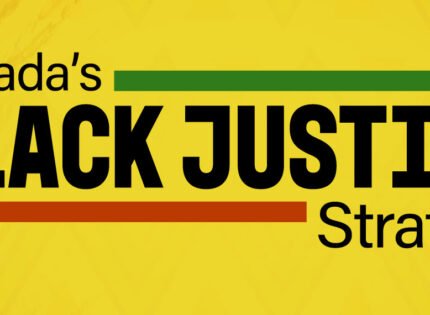Documentary chronicles Sir George Williams’ computer affair
Nancy MacKenzie
The hallmark of a good film is the ability of the filmmaker to create suspense and keep the interest of the viewer while engaging both emotions and intellect. The intriguing blend of superb arc hival footage and artistically framed personal reflections of some original participants in the Sir George Williams Computer/Perry Anderson Affair make Ninth Floor an exceptional 80-minute documentary.
hival footage and artistically framed personal reflections of some original participants in the Sir George Williams Computer/Perry Anderson Affair make Ninth Floor an exceptional 80-minute documentary.
Written and directed by Mina Shum and produced by Selwyn Jacobs for the NFB, the first half of the film sets the scene for the unexpected turn of events – revealing how it was not so unexpected. Black students from the West Indies came to Sir George Williams University (now Concordia) in the 1960s. The reputation of the institution was purported to be warm and open. The value of cultural diversity had been expressed by the city through the 6-month showcase of Expo ’67 pavilions. Beneath the surface, however, racism loomed large. An awareness that skin colour would be a major determinant of their relationship with the university community had become a fact of life to Black students.
community had become a fact of life to Black students.
The years just preceding the computer room fire at Sir George saw an influx of key Black activists to Montreal—Stokely Carmichael, Miriam Makeba, CLR James, Dick Gregory and Rosie Douglas, who sensitized students and the Montreal Black (and white) community to issues of injustice, betrayal, fear and hatred, all brewed by racism. Students were shocked to find themselves feeling like “the other,” and to be befriended and encouraged to seek justice by white Jewish students, who were themselves taunted and plagued by slurs.
The various personalities in this film on the Sir George Williams computer affair create an almost surreal cast—the cast appears so disparate and so seemingly contrived that it could be mistaken for fiction. But fact it is, and Shum combines stunning visuals that reflect the cold stark reality of racism to express the fear and hatred of difference that is at the root of racism. (She uses the snow, the icy waters of the wintry St. Lawrence River and the harsh boxy Habitat ‘67 building to dramatize this effect.)
The visual symbolism is stunningly effective. Smoke, from cigarettes that reflects the casualness that pervaded the administrators’ reaction to the students’ complaints, and the black smoke pouring out from the ninth floor symbolic of the oppression overwhelming the protesting students was another very effective visual.
Overall, the research, the artistic treatment, and the exposure of the persistence of pain from these events make Ninth Floor a moving, provocative and dramatic history lesson on redemption.















